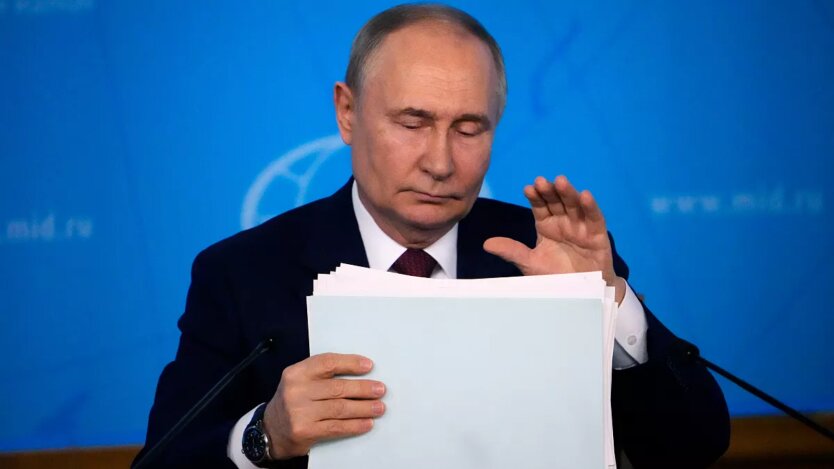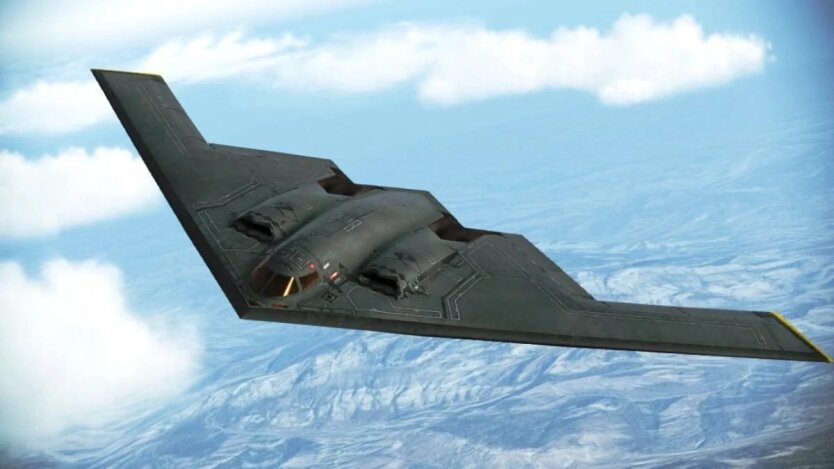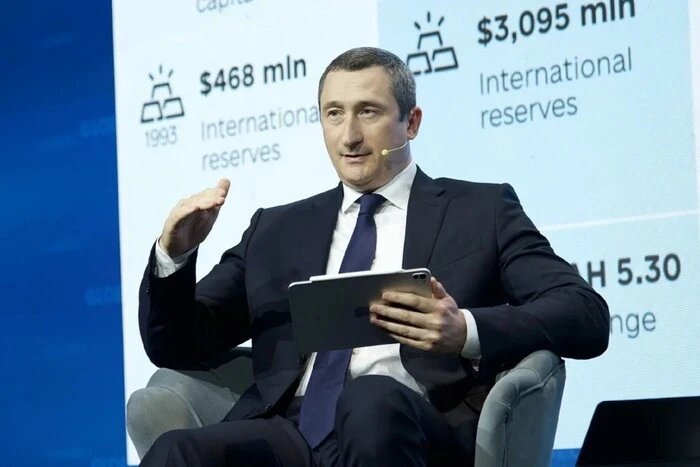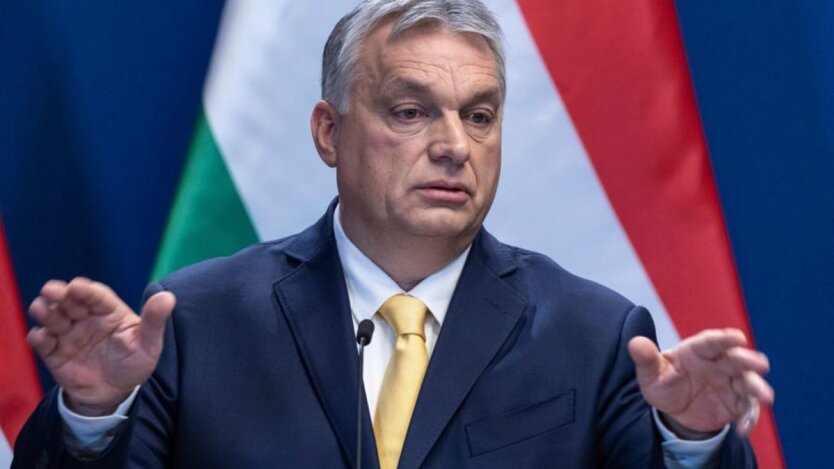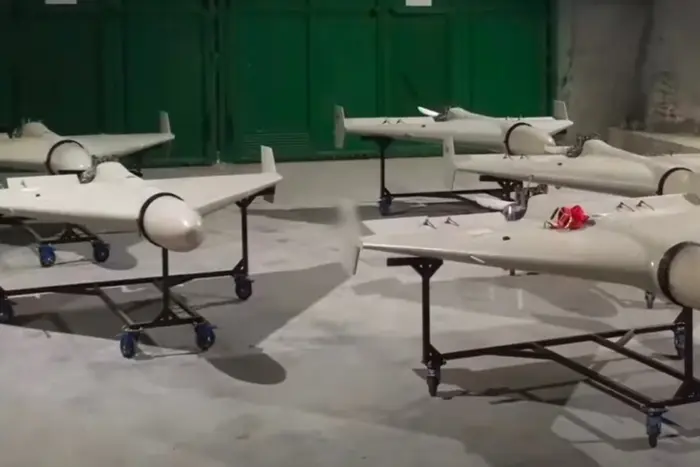Investments in Hydrogen Projects Accelerate – IEA.

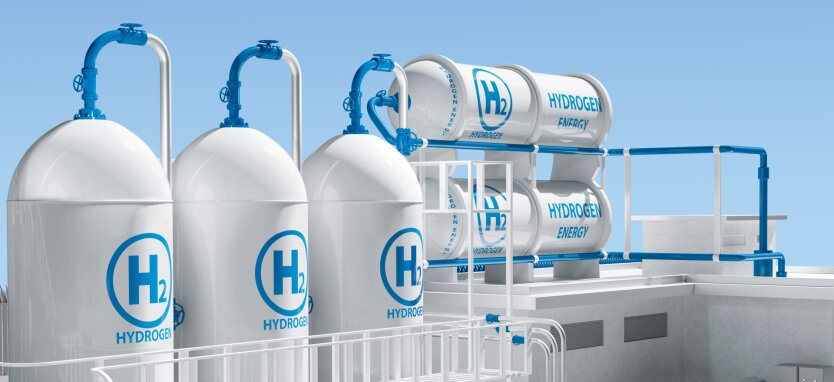
In the last 12 months, investment decisions regarding hydrogen projects have doubled. China is the leader in this field, but capacity and demand remain low due to uncertainty. This was reported by the International Energy Agency.
Investment decisions foresee a fivefold increase in low-emission hydrogen production by 2030. In the past year, 40% of such decisions pertain to China, surpassing the growth rate of solar energy. However, demand for hydrogen accounts for only a quarter of the total production, which adversely affects the achievement of climate goals.
Most hydrogen projects are in the early stages, with threats due to demand uncertainty, financial difficulties, delays in incentives, regulatory uncertainty, licensing issues and operational problems. "Policymakers and developers need to consider tools to create demand, as well as reduce costs and establish clear rules that will encourage further investments in this sector," said the Executive Director of the International Energy Agency.
It has been stated that global demand for hydrogen could grow to 3 million tons by 2024, mainly in the oil refining and chemical industries. But this is driven by economic trends rather than successful policies. Currently, hydrogen demand is mainly met by using fossil fuels, while low-emission hydrogen has yet to play a significant role.
There remains high pressure on technology and costs for truck production. The production of electrolyzers is complicated by the higher price and limited supply, and cost reduction depends on technological development and achieving economies of scale.
Read also
- The British political scientist explained why Putin clings to the war at any cost
- The USA has deployed B-2 stealth bombers to Iran amid tensions with Israel
- MP stated that Minister Chernyshov is awaiting suspicion
- Orban Completely Failed: Anti-Ukrainian Schemes of Putin's Friend Ended in Failure
- The point of no return has been passed: the IDF made an urgent statement
- More than 1950 missiles and thousands of Shahed-136: GUR revealed data on the RF arsenal

